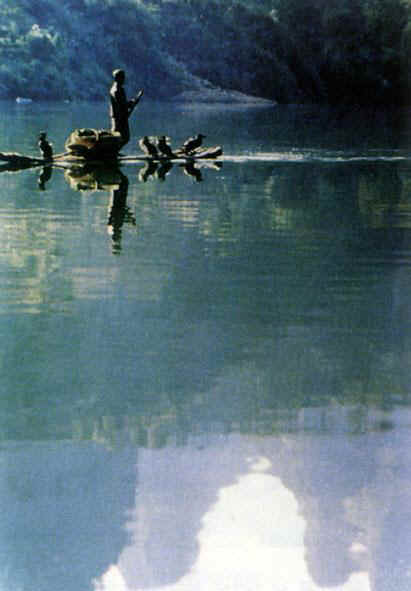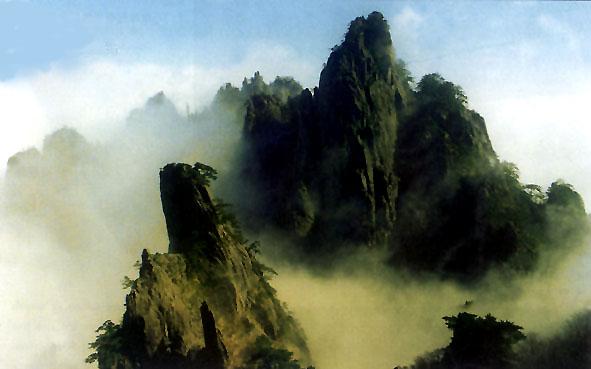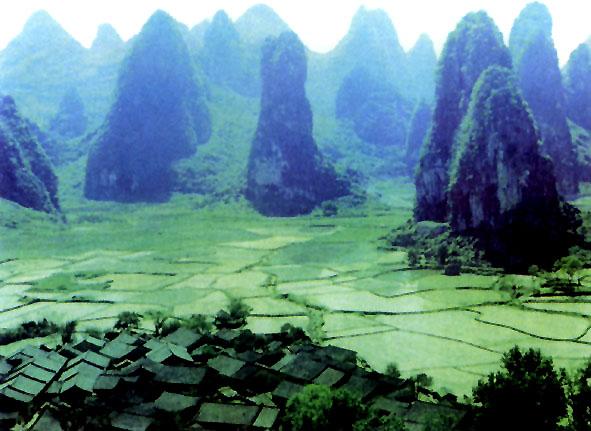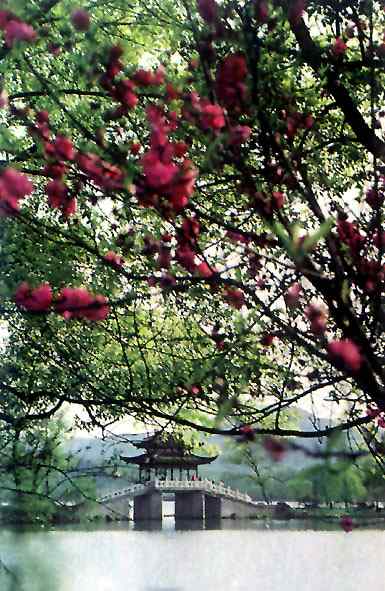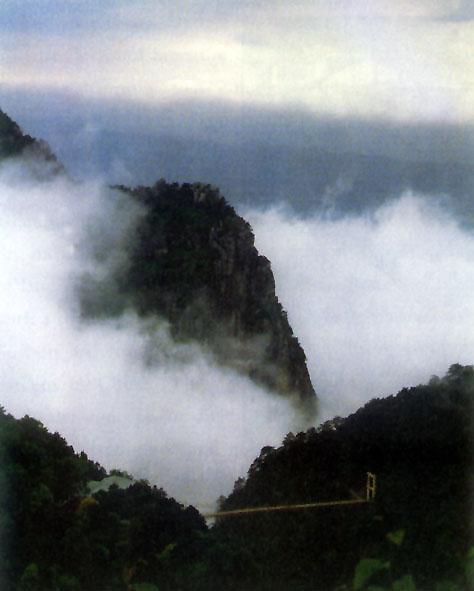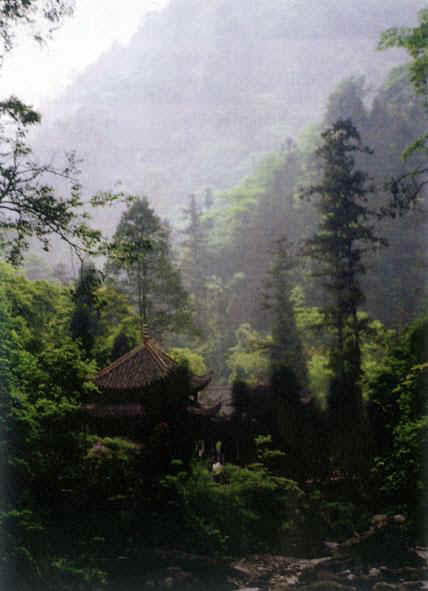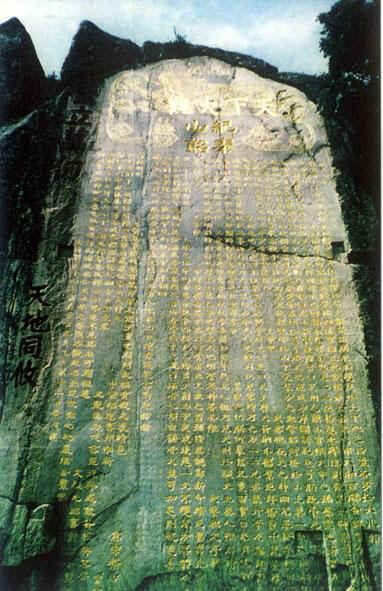 |
By 1998,21 sites from China were
included in the World Cultural and Natural Heritage
List with the approval from the UNESCO World
Heritage Committee. Among them were Taishan, Huangshan, Lushan
and Emei, famous mountains dating back to ancient times. Taishan
Mountain is located in the center of Shandong Province. Its
highest peak is 1,545 meters above sea level. At the beginning
of each new imperial reign and during periods of peace and
prosperity, ancient Chinese emperors would climb this mountain
to hold grand ceremonies to thank heaven and earth. The
Huangshan Mountain is located in southern Anhui Province. The
name of the mountain came from the legendary Yellow Emperor who
once cultivated his body and made pills of immortality here.
Reputed as the "most beautiful mountain under heaven", it is a
renowned tourist attraction. The Lotus Peak, its highest point,
is 1,860 meters above sea level. Lushan Mountain, located south
of Jiujiang City in Jiangxi Province, lies right beside the
Yangtze River and Poyang Lake, with the highest point Hanyang
Peak at 1,474 meters above sea level. Emei Mountain, a famous
mountain worshipped by Buddhists, is situated southwest of Emei
County in Sichuan Province. Its name came from its shape, which
resembles a long, beautiful and winding eyebrow. Its highest
point, Wanfuo Peak, is 3,099 meters above sea level. There are
over 100 temples of various sizes scattered over the mountain. |

